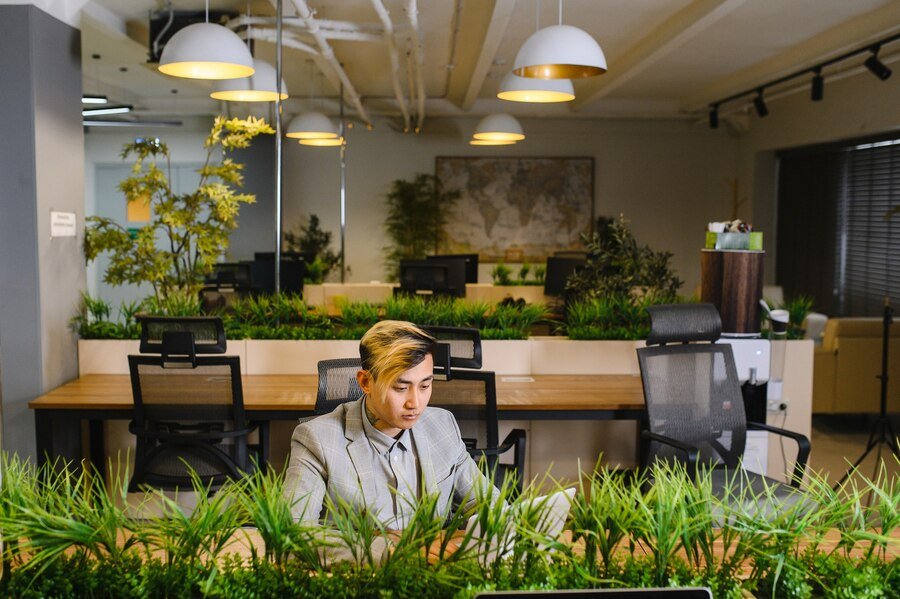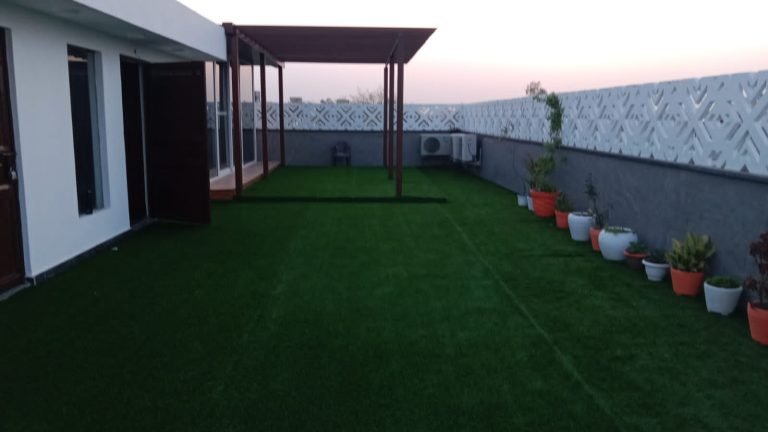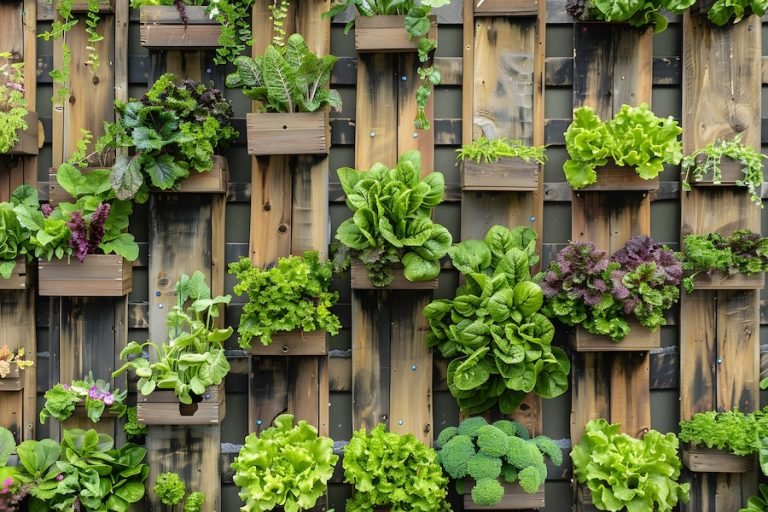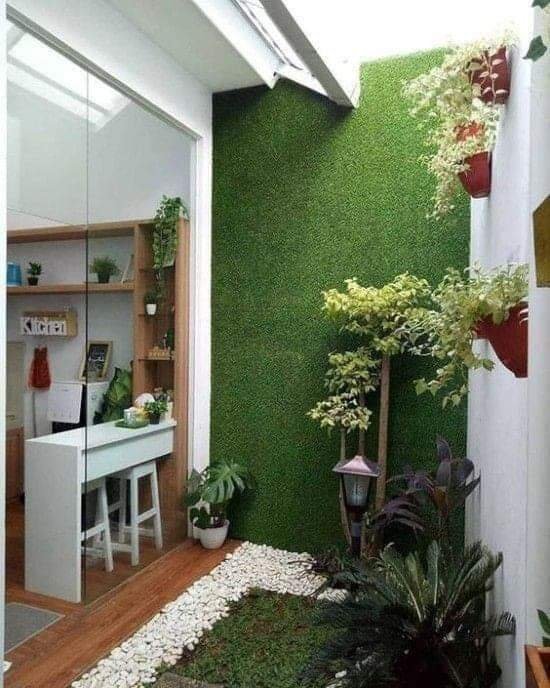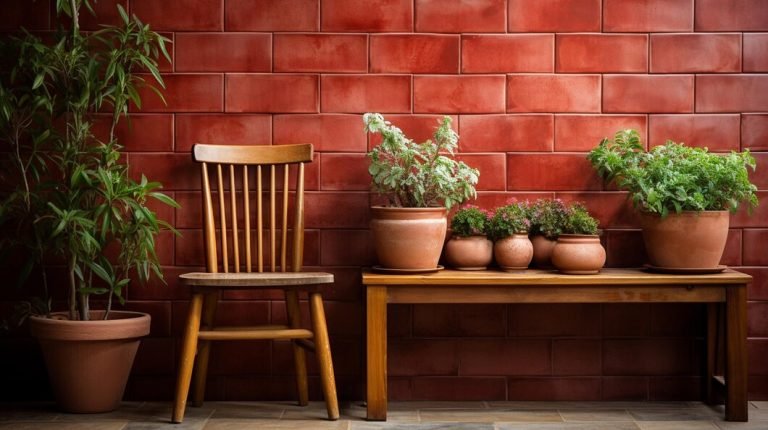Maintenance Considerations For Interior Landscaping
In the hustle and bustle of modern life, interior landscaping has become increasingly popular, bringing a touch of nature indoors. Whether it’s a small office space, a bustling commercial complex, or a cozy home, indoor plants not only enhance aesthetics but also contribute to a healthier and more productive environment. However, to ensure the longevity and vitality of indoor greenery, proper maintenance is essential. Here, we delve into the crucial maintenance considerations for interior landscaping.
To Know More About It Please Click Here
Understanding Plant Needs
Before diving into maintenance routines, it’s imperative to understand the specific needs of indoor plants. Factors such as light requirements, humidity levels, watering frequency, and temperature preferences vary among different plant species. Conduct thorough research or seek guidance from horticultural experts to select plants that thrive in the interior environment and align with the available resources for maintenance.
Watering
Watering is perhaps the most critical aspect of indoor plant care. While underwatering might result in drooping and stunted growth, overwatering can cause root rot and other fungal infections. Establish a consistent watering schedule based on individual plant requirements, considering factors like soil moisture levels, plant size, and environmental conditions. Always check the soil moisture before watering to avoid unnecessary saturation.
Light and Temperature Management
Light is the primary energy source for plants through photosynthesis. Understanding the light requirements of indoor plants is crucial for their growth and health. Place plants according to their light preferences, ensuring they receive adequate exposure to natural or artificial light sources. Additionally, maintain optimal temperature levels within the indoor environment, avoiding extreme fluctuations that can stress plants.
Pruning and Grooming
Regular pruning and grooming help maintain the aesthetic appeal of indoor plants while promoting healthy growth. Remove dead or yellowing leaves, trim overgrown branches, and pinch back leggy growth to encourage bushier, more compact growth. Pruning also helps improve air circulation around the plants, reducing the risk of pests and diseases.
Pest and Disease Management
Despite the controlled indoor environment, indoor plants are still susceptible to pests and diseases. Keep a close eye on plant health, checking for signs of infestation such as yellowing leaves, distorted growth, or the presence of pests like aphids, mealybugs, or spider mites. Implement preventive measures such as regular cleaning, proper sanitation, and introducing natural predators like ladybugs for biological pest control. In case of infestation, promptly treat affected plants with eco-friendly pest control methods to prevent the spread to other plants.
Fertilization
Indoor plants rely on regular fertilization to replenish essential nutrients depleted from the soil over time. Choose a balanced, water-soluble fertilizer specifically formulated for indoor plants and apply it at half-strength according to the recommended frequency. Avoid over-fertilization, which can lead to nutrient imbalances and chemical burns in plant roots.
Soil Maintenance
Healthy soil is the foundation for thriving indoor plants. Use well-draining potting mixtures tailored to the specific needs of indoor plants, avoiding heavy, compacted soils that hinder root growth and drainage. Periodically refresh the soil by repotting plants into slightly larger containers with fresh potting mix to replenish nutrients and improve soil structure.
Monitoring and Adjusting
Regular monitoring is key to successful interior landscaping maintenance. Keep a journal to track watering schedules, fertilization routines, and any observed changes in plant health. Be attentive to subtle signs of stress or decline, adjusting maintenance practices accordingly to meet the evolving needs of indoor plants.
In conclusion
successful interior landscaping relies on diligent maintenance practices tailored to the unique requirements of indoor plants. By understanding and implementing these maintenance considerations, individuals can enjoy lush, vibrant greenery that not only enhances indoor spaces but also fosters a healthier and more harmonious environment.
